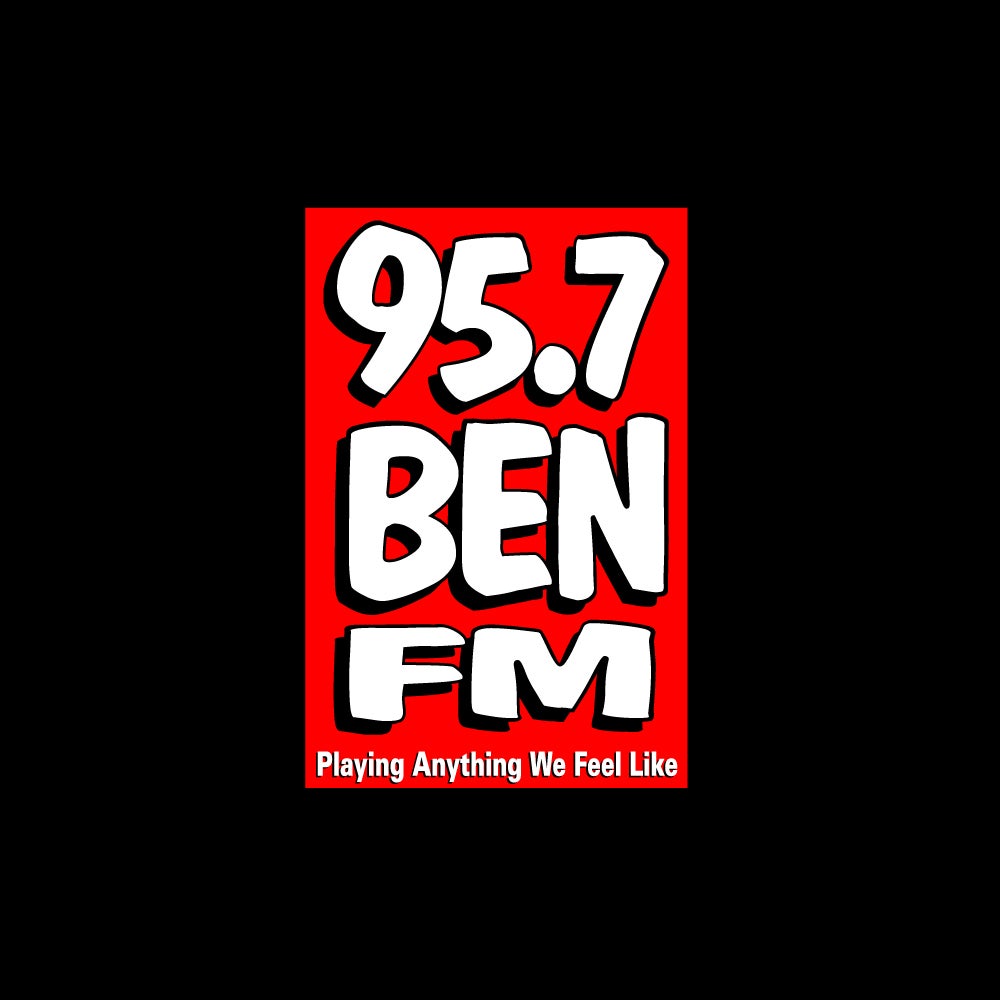Dunkin’ of Greater Philadelphia to Award $100,000 in Scholarships
Dunkin’ of Greater Philadelphia is awarding $100,000 in scholarships to regional high school and college students. 20 students could receive $5000 scholarships in the thirteenth annual Dunkin’ Philadelphia Regional Scholarship…

Dunkin’ of Greater Philadelphia is awarding $100,000 in scholarships to regional high school and college students.
20 students could receive $5000 scholarships in the thirteenth annual Dunkin’ Philadelphia Regional Scholarship Program.
Students could utilize the scholarships to attend accredited two-or-four year college, university, or vocational-technical schools of their choice in 2022. The program is open to current part-time and full-time undergraduate and high school seniors. Recipients will be selected based on their academic record, demonstrate leadership skills, and overall commitment to their communities.
Since 2009 Dunkin’ has awarded $500,000 in scholarships.
Applications will be accepted through April 15, 2022. Students must enroll in college in Southeastern Pennsylvania, Southern New Jersey, or Kent and New Castle counties in Delaware to be considered. For more information or to apply, visit https://learnmore.scholarsapply.org/dunkinphilly/.
The bane of many high school students' existence, the SAT test, will be moving to an all digital format starting in 2024, the College Board said in a release Tuesday.
The move comes after a trial run for the digital test experience in November of 2021. That run, prompted -- of course -- by the COVID-19 pandemic, proved to be wildly successful. Of the students who took the trial digital test, 80 percent said they thought it was less stressful. And even more pronounced, 100 percent of educators said they had a positive experience with the new SAT test in digital form. The tests will still be administered on site for most schools, but students will be allowed to use their own devices, or can use devices provided by the schools.
“The digital SAT will be easier to take, easier to give, and more relevant,” said Priscilla Rodriguez, vice president of College Readiness Assessments at College Board. “We’re not simply putting the current SAT on a digital platform—we’re taking full advantage of what delivering an assessment digitally makes possible. With input from educators and students, we are adapting to ensure we continue to meet their evolving needs.
The SAT test is commonly used as a metric for college acceptance for many students. That's been useful for many students, but has drawn the ire of many in the education community, as some students are shown to not test well given the format, regardless of educational ability.
“In a largely test-optional world, the SAT is a lower-stakes test in college admissions. Submitting a score is optional for every type of college, and we want the SAT to be the best possible option for students. The SAT allows every student—regardless of where they go to high school—to be seen and to access opportunities that will shape their lives and careers,” Rodriguez said. “I am one of those students. I’m a first-generation American, the child of immigrants who came to the U.S. with limited financial resources, and I know how the SAT Suite of Assessments opened doors to colleges, scholarships, and educational opportunities that I otherwise never would have known about or had access to. We want to keep those same doors of opportunity open for all students.”
Along with the transition to the digital form, the SAT will have a number of other changes that are designed to help students and educators:
Shorter Test Times
Previously the entire process was about 3 hours for most students. The new test is shortened to about 2 hours, the College Board said.
"Among the changes: the digital SAT will be shorter—about two hours instead of three for the current SAT, with more time per question."
Shorter Reading Passages
With a shorter test time period comes shorter reading passages as well. Now, the passages will be shorter and will have just one question tied to each of them.
"The digital test will feature shorter reading passages with one question tied to each, and passages will reflect a wider range of topics that represent the works students read in college."
Calculators Now Allowed in Math Section
Previously, the test allowed calculators only in some portions. Now, they can be used the whole time, reflecting the likelihood of how students will apply math in the real world.
Scores Will Come Back Faster
Scores used to take weeks to come back, and that could make using them on college applications quite difficult. Now, the College Board says they'll be back in just days.
Tests Can Be Taken on Any Compatible Device
"With the transition to digital tests, College Board is working to address inequities in access to technology. Students will be able to use their own device (laptop or tablet) or a school issued device. If students don’t have a device to use, College Board will provide one for use on test day. If a student loses connectivity or power, the digital SAT has been designed to ensure they won’t lose their work or time while they reconnect."







